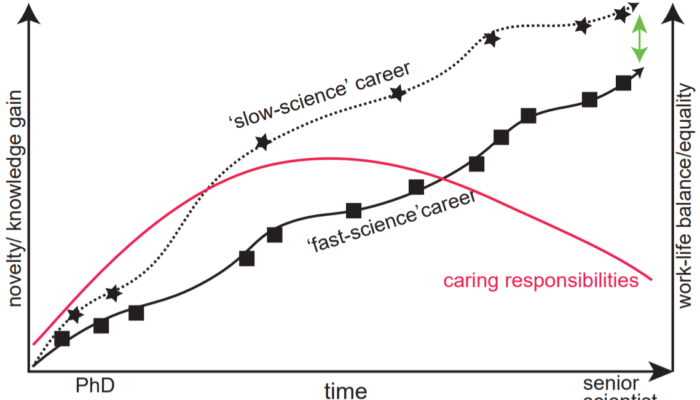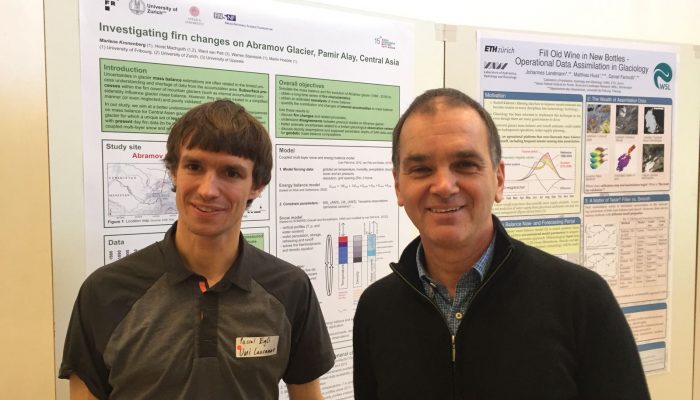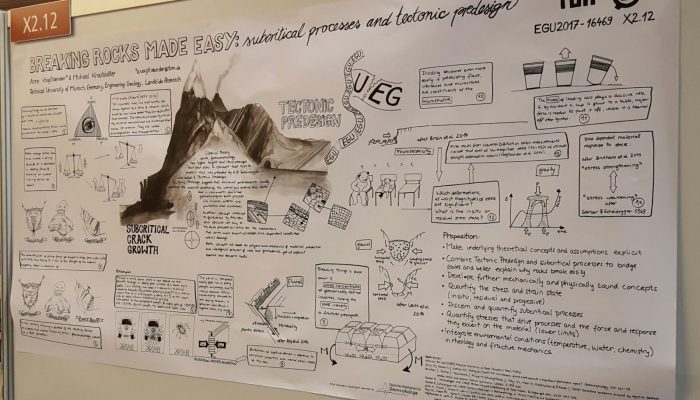
Figure 1: Conceptual and provocative illustration on scientific progress and careers in slow versus fast science. Boxes represent the cumulative number of publications in a fast science career, stars in a slow science career. Numbers of publications (boxes, stars) are indicative only. The red line indicates an increase of caring responsibility within early/mid career, which on average decreases again with age (before it probably increases again in the late career stages). The green arrow indicates that more knowledge should/could (provocative, to be discussed) be gained from a slow science career, because more time to think and explore should/could result in an absolute knowledge gain. This graph illustrates that slow science is not about slowing down the rate of knowledge acquisition, but overall has the potential to increase it. To be discussed.
The Early career representatives of EGU’s Geomorphology Division (Andrea Madella (University of Tübingen), Annegret Larsen (Wageningen University), and Michael Dietze (GFZ – German Research Centre for Geosciences in Potsdam)) organized the ECS-Great Debate on “Slow science versus fast science” at this year’s vEGU21 – edited by Sabine Kraushaar. – GM Guest bloggers: Annegret Larsen (Wag ...[Read More]



